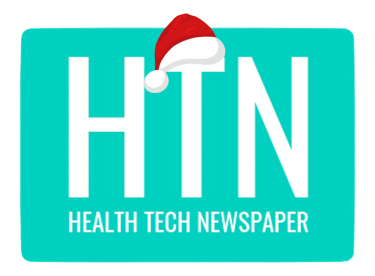NHS England’s board met last week, offering updates on key performance metrics, and to discuss the NHS App, the future operating model for NHSE’s digital priorities, and to maximise EPRs following implementation.
On opportunities for maximising productivity following EPR implementation, the board discussed the potential to create a blueprint to allow learnings from both successful and unsuccessful implementations. This will support the next stage, being the analysis of standardisation, wider business change, local capabilities, and the impact of “peripheral technologies e.g. ambient voice”.
The Digital, Data and Technology Committee offered an update on the development of the NHS App, stating the importance of agreeing where strategic decision-making sits to ensure alignment across the system. The committee also discussed the prioritisation of features, “in particular delivery of improvements patients want most from a digital service, but are technically difficult due to legacy systems across the NHS”.
For its operating model, the board discussed organisational structure for delivering NHSE’s digital priorities, including levels of internal resource, maintaining the connection between clinical and digital operations, and the appropriate structure for the Data Safe Haven.
Elsewhere, key insights included those from the National Guardian’s Office, sharing that “progress continues to be made to improve the speak up culture”, with 1,400 Freedom to Speak Up Guardians who have handled 142,000 speak up cases to date. Ambulance trusts have shown “slight gains” in confidence following a sector-wide review and targeted interventions, it states, whilst minority ethnic staff have seen a “steady increase in confidence that their organisations will act”.
The board also discussed considerations for winter planning and preparedness, following on from a request in the UEC Delivery Plan for ICBs and trusts to develop system winter plans to be “stress-tested” in September. It noted the importance of ensuring board accountability for these plans and testing to be held through regional exercises, adding: “This year, we want to ensure that all organisations across the NHS are clear on the actions they will take as pressures build, and – crucially – how decisions are made locally to trigger an effective response. This will need to include who plays what role, and how and where risk is held to avoid transferring it to patients.”
Offering a timeline, NHSE sets out how ICBs and trusts should develop plans in July, with trusts in Tier 1 to receive additional support; for these plans to be signed off in draft at board level in August; for testing to take place in September to allow for lessons learned and final sign-off on winter plans; and for ICBs and trusts to ensure surveillance mechanisms are in place to alert early to surges “as far in advance as possible” in October.
NHS reform and transformation
The UK government has published its Fit for the Future: The 10 Year Health Plan for England, aiming to “build a truly modern NHS”, with focus on moving from hospital to community, analogue to digital and sickness to prevention. The plan outlines a new operating model, a new era of transparency, a new workforce model with staff aligned to the direction, a reshaped innovation strategy, and a different approach to NHS finances.
The government also outlined the role of the NHS App in its health system of the future, highlighting AI-enabled features, links with wearable tech, and access to the Single Patient Record. Sir Jim Mackey, chief executive at NHS England, said: “The NHS App will be at the heart of the tech transformation we’re planning for the NHS to give people much more ownership of their healthcare – all from wherever they are at the tap of a screen.”
NHS England has issued an open invitation calling for participation in the first wave of the National Neighbourhood Health Implementation Programme. Explaining the shift in culture, resource allocation and ways of working as “mission critical”, NHSE sets out the programme as a means of building on successes to date, accelerating current work, sharing solutions and encouraging working at scale.
A review commissioned by the Secretary of State for Health and Social Care into six organisations overseeing the safety of care has been completed, with Dr Penny Dash publishing ten main findings and a total of nine recommendations. Headline findings include that despite a shift toward safety and “considerable resources deployed”, relatively small improvements have been seen; that tech, data and analytics should play a “far more significant role” in supporting quality of care; and that insufficient use is currently being made of NHS data resources.





